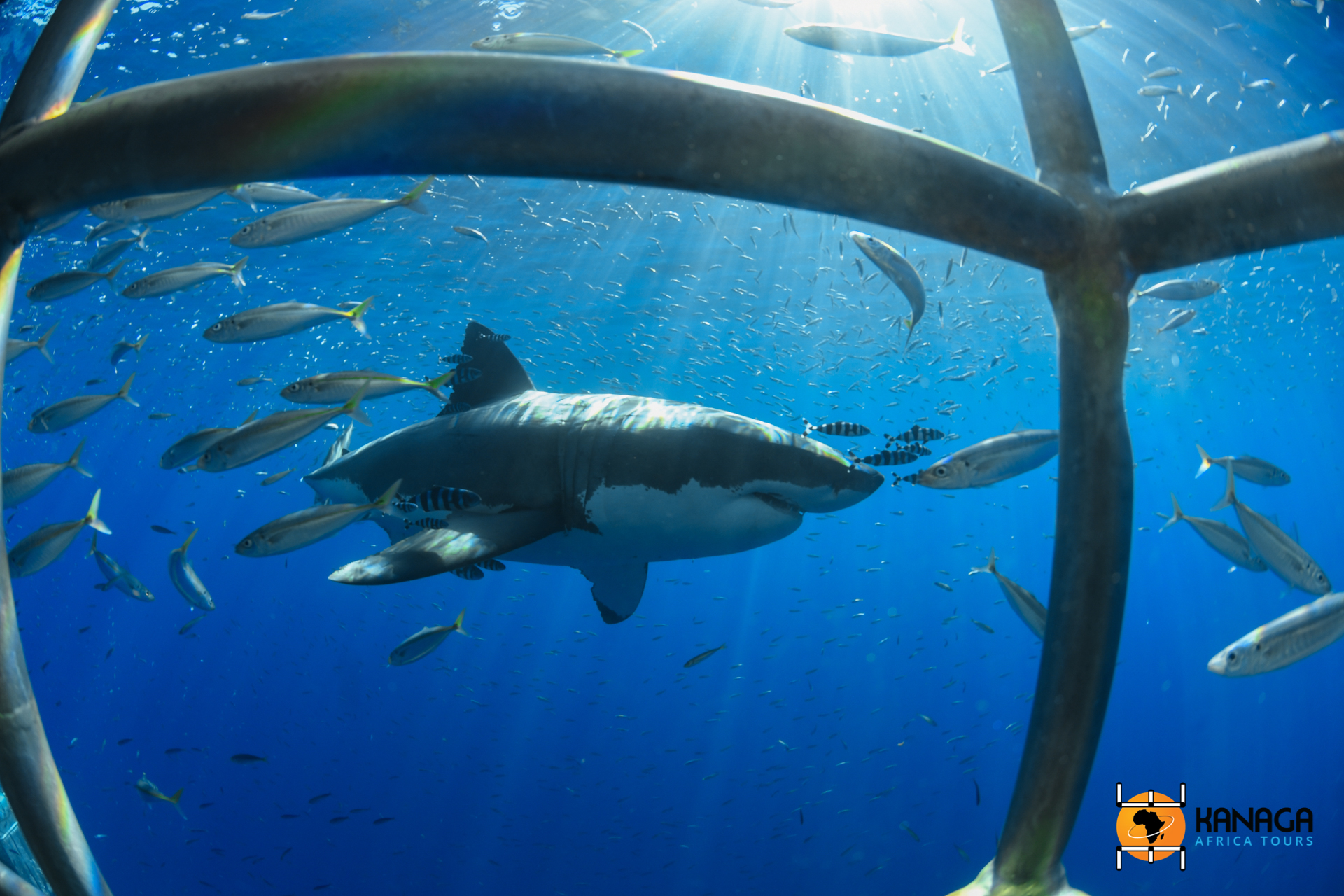A few tens of kilometres south of Cape Town is the Cape of Good Hope, which, together with Aguhlas and St. Francis, marks one of the southernmost points of Africa. Amidst breathtaking views overlooking the sea, extraordinary ecosystems, immense beaches and wide bays that open up to the end of the world, the echoes of the first European explorers, who in the 15th century sailed to one of the most evocative places on the planet, where the waters of the Atlantic Ocean meet those of the Indian Ocean, resound.
If you are planning a trip to South Africa, it goes without saying that among the visits to Cape Town, a day’s excursion to the Cape of Good Hope must imperatively be budgeted for. Here, it is only a few colonial lighthouses that remind us of this land’s past. The rest of the scenery is taken up by wild and unspoilt natural scenery, protected by UNESCO as belonging to the world’s largest floristic region.
The scenic route to the Cape is spectacular in itself, winding from one coastline to the other of the narrow peninsula, overlooking seaside resorts dotted with sails and multicoloured wooden cages, a few residential centres or simple fishing villages, but also scenery of ocean vegetation, deserted beaches and bays, populated only by sea lions and penguins.
Llandudno Beach frequented by surfers, Hout Bay with its harbour animated by sea lions, the spectacular Chapman’s Peak Drive and the pristine Noordhoek Beach, until turning eastwards, reaching the shores of the immense False Bay, where the water becomes warmer under the influence of the Indian Ocean currents. Here, the penguin colonies on Boulders beach delight thousands of tourists every year.
A little further south begins the Cape of Good Hope Nature Reserve, which in addition to the magnificent views overlooking the ocean, offers habitat to about 1,000 endemic plant and wildlife species, such as ostriches, antelopes, warthogs, baboons, eagles and oystercatchers, whales and dolphins darting out to sea. Here, a cable car and a series of nature trails lead to the more isolated areas of the reserve, which wind between the Cape of Good Hope, Cape Point and Cape Maclear.
Equally wild and evocative is the coast towards the east, between the Cape Peninsula and Cape Aguhlas, where once you have crossed the gigantic False Bay, you arrive first at Hermanus, populated by whales, and then at Gansabaai, a place that has become the country’s main attraction, registering more tourist presences than the Kruger National Park. It is a bay where it is possible to dive safely into the ocean depths, in a close encounter with the ferocious and enormous white sharks, under the protection of metal cages. It is one of the most adrenalin-pumping experiences South Africa has to offer and one of the most popular with international tourists.
Far more relaxing are trips to the fertile lands of the Winelands in the Western Cape, inland north of Cape Town, where the gentle slopes bordered by mountains create an ideal microclimate for the cultivation of South Africa’s renowned vineyards, which now rival those of Europe. This is where the famous South African wines are produced, of excellent quality and exported all over the world. It is the beating heart of the country’s agricultural economy, one of the main sectors contributing to the national GDP.
A day discovering the historic vineyards, including wine and food tastings and educational farms, is definitely worth putting on your agenda, not forgetting that this is also a region that preserves ancient rock paintings, dating back thousands of years to the San-Boscimane civilisations, in the Cederberg Wilderness Area, amidst natural landscapes of extraordinary beauty.







